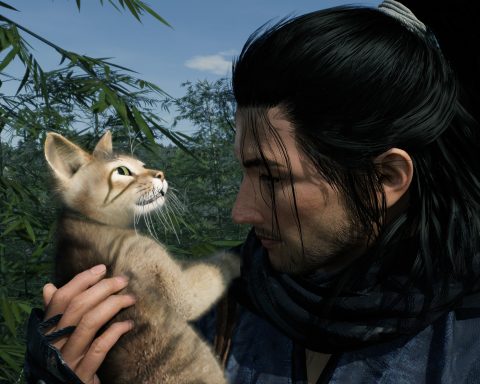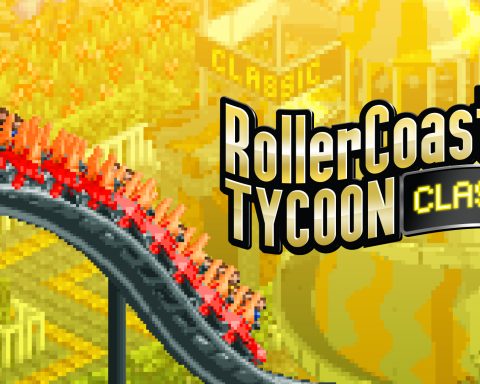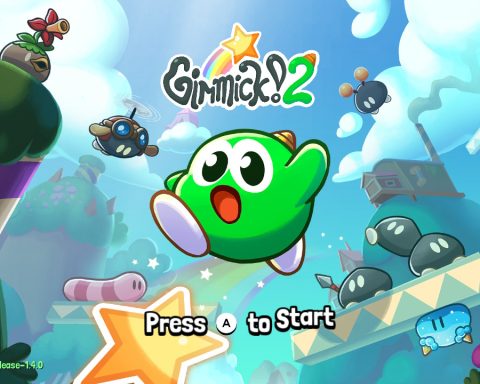Retro reflections by Matt S.
Square Enix owns a lot of different franchises, of course. Of them all, perhaps the one that has been given the least attention, despite being eminently worthy, is the Ogre Battle franchise. Indeed, aside from the Tactics sub-series, you have to go all the way back to the Nintendo 64 for the last genuine Ogre Battle title. And that’s a real pity because those Ogre Battle games were filling a niche that even modern consoles have struggled to do justice.
Ignoring those tactics games (another story for another day), the original Ogre Battle game, Ogre Battle: The March of the Black Queen, and the Nintendo 64 successor, Ogre Battle 64: Person of Lordly Caliber, were distinctive because they were a hybrid of JRPG and real-time strategy. At a time when consoles weren’t particularly good at doing the RTS genre (and indeed there still aren’t many games of that genre on consoles), having an epic quest mixed in with real-time action was quite the novelty.
To read on, please log in to your DDNet Premium account:








